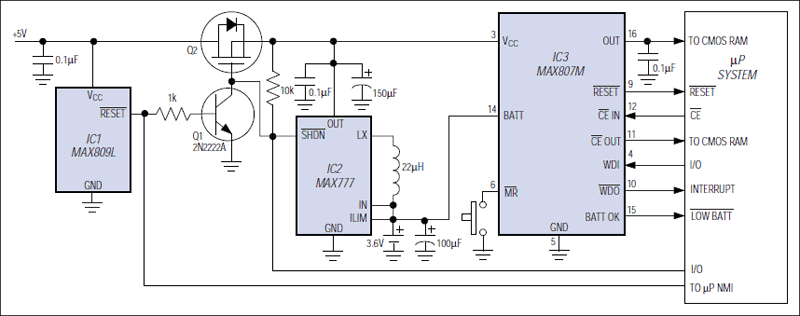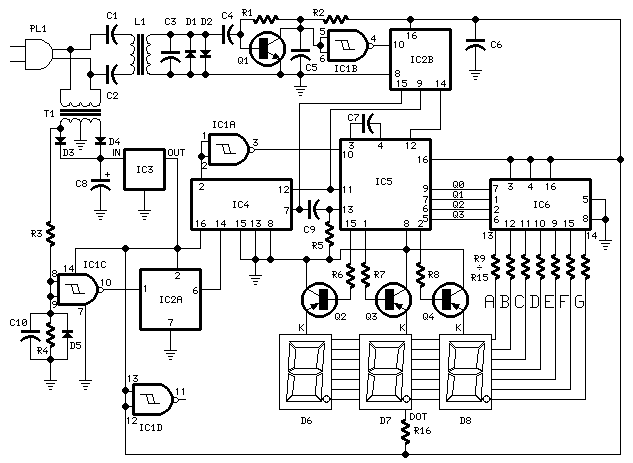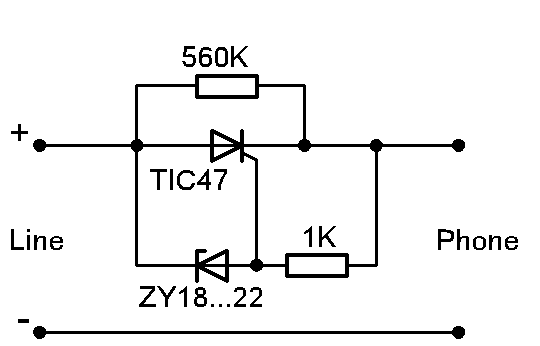
Remote telephone monitor

This device monitors sounds in a home or office when a telephone is called from a remote location.
The described device functions as an audio monitoring system that activates upon receiving a telephone call. The core of this system typically includes a sound detection circuit, a telephone line interface, and a power supply.
The sound detection circuit is designed to pick up ambient sounds in the environment where the device is installed. This can be achieved using a microphone, which converts sound waves into electrical signals. The microphone is usually connected to an operational amplifier to enhance the audio signals for better clarity and volume.
The telephone line interface is crucial for the operation of the device. It connects to the telephone line and detects when a call is incoming. This can be accomplished using a telephone line sensor, which monitors voltage changes on the line. When a call is detected, the sensor triggers the sound detection circuit to start monitoring the ambient sounds.
Power supply requirements for the device can vary, but it typically operates on standard mains voltage or low voltage DC, depending on the design specifications. A voltage regulator may be included to ensure stable operation of the circuit components.
Additional features may include a transmission module, such as a wireless transmitter, to send the monitored audio to a remote receiver or a mobile device, allowing the user to listen to the sounds in real-time. This could involve the use of RF modules or Bluetooth technology, depending on the desired range and application.
In summary, this audio monitoring device is designed to provide surveillance capabilities by activating sound monitoring in response to incoming telephone calls, making it a useful tool for both home and office environments.This device monitors sounds in home or office when a telephone is called from a remote location. Here is the circuit.
The described device functions as an audio monitoring system that activates upon receiving a telephone call. The core of this system typically includes a sound detection circuit, a telephone line interface, and a power supply.
The sound detection circuit is designed to pick up ambient sounds in the environment where the device is installed. This can be achieved using a microphone, which converts sound waves into electrical signals. The microphone is usually connected to an operational amplifier to enhance the audio signals for better clarity and volume.
The telephone line interface is crucial for the operation of the device. It connects to the telephone line and detects when a call is incoming. This can be accomplished using a telephone line sensor, which monitors voltage changes on the line. When a call is detected, the sensor triggers the sound detection circuit to start monitoring the ambient sounds.
Power supply requirements for the device can vary, but it typically operates on standard mains voltage or low voltage DC, depending on the design specifications. A voltage regulator may be included to ensure stable operation of the circuit components.
Additional features may include a transmission module, such as a wireless transmitter, to send the monitored audio to a remote receiver or a mobile device, allowing the user to listen to the sounds in real-time. This could involve the use of RF modules or Bluetooth technology, depending on the desired range and application.
In summary, this audio monitoring device is designed to provide surveillance capabilities by activating sound monitoring in response to incoming telephone calls, making it a useful tool for both home and office environments.This device monitors sounds in home or office when a telephone is called from a remote location. Here is the circuit.





